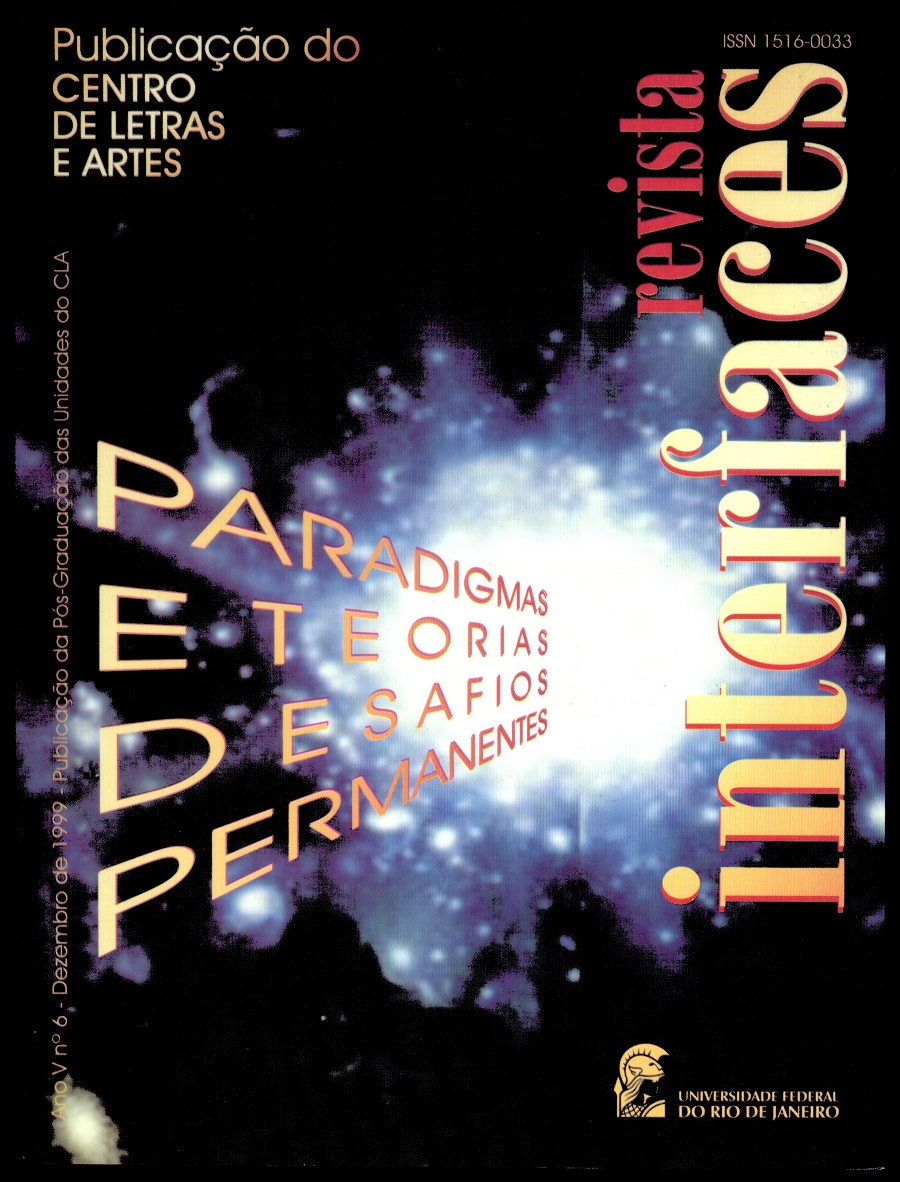Avaliação Pós-Ocupação acústica de edificações
Mots-clés :
Acústica, Avaliação pós ocupação, POE, APORésumé
In the last decades Post Occupation Evaluation (POE) has been treated as a technique to investigate the user's opinion for the built environment. However, Acoustic POE suffers the influence of subjective and objective factors where the user's opinion reflects the aspects related with the age, sex, profession and climate, besides those of the social, cultural and economic order that assume an important paper.In this work, it is intended to discuss the methodology that involves acoustic POE, observing the interrelation between its several stages, as well as the influence of the subjective aspects. In tropical climate, acoustic POE is processed in a different way from other region. Methods and constructive techniques that aims the acoustic quality of constructions can be incompatible with the local climate and with the social,economic and cultural condition of the population and it should be valued the development of an appropriate lay out.In the last decades Post Occupation Evaluation (POE) has been treated as atechnique to investigate the user's opinion for the built environment.
However, Acoustic POE suffers the influence of subjective and objective factors
where the user's opinion reflects the aspects related with the age, sex, profession and
climate, besides those of the social, cultural and economic order that assume an
important paper.
In this work, it is intended to discuss the methodology that involves acoustic
POE, observing the interrelation between its several stages, as well as the influence of
the subjective aspects.
In tropical climate, acoustic POE is processed in a different way from other
region. Methods and constructive techniques that aims the acoustic quality of
constructions can be incompatible with the local climate and with the social,economic
and cultural condition of the population and it should be valued the development of
an appropriate lay out.
Téléchargements
Références
ALUCCI, M.P., CARNEIRO, C. M. & BARING, J.G..A. (1986). Implantação de Conjuntos Habitacionais: Recomendações Para Adequação Climática e Acústica. Instituto de Pesquisas tecnológicas do estado de São Paulo (IPT): São Paulo.
BERENDT, R. & CORLISS. E L (1976). Quieting:A Praticai Guide to Noise Control Washington: National Bureau of Standards.
BARING, J. G. de A.(1988). Desenvolvimento tecnológico em acústica das edificações:
conceituação 1ª parte). Tecnologia de edificações.Ed.Pini. IPT:São Paulo. Projeto de Divulgação Tecnológica, Construtora Lux da Cunha S.A.
COSTA, E. S & SALGADO, M.S. (1995). Moradias Urbana e Rural: Propostas para uma Política de Habitação Popular, (p.385-390). Qualidade e Tecnologia na Habitação. Entac: Rio de Janeiro. Vol.ll
FOLHA DE SÃO PAULO [Free-lance para a folha). Só 2% das construtoras têm o ISO. São
Paulo, 22 de março de 1998 - Caderno Sua Vez 6, p:11).
JOHN, V. M.[1989). Avaliação de materiais, componentes e edifícios em uso enquanto avaliação de desempenho. Anais do Seminário "Avaliação pós-uso-APU”. Universidade de São Paulo: São Paulo.
MACEDO, M.R.V.(1999). Avaliação Pós-Ocupação Acústica de Habitações Populares. Dissertação de Mestrado. Rio de Janeiro: FAU-UFRJ.
MÉNDEZ, A.STORNINI, A.SALAZAR, E.GIULIANO,G. VELIS,A & AMARILLA,B. (1994) Acústica Arquitectónica. Buenos Aires: Universidad del Museo Social Argentino.
NIEMEYER, M.L.(1998). Ruído Urbano e Arquitetura em Clima Tropical Úmido. Dissertação de Mestrado, Rio de Janeiro: FAU-UFRJ.
ORNSTEIN, S.(1992). A avaliação pós-ocupação(APO) do ambiente construído. São Paulo:
Livros Studio Nobel Ltda.
ORNSTEIN,S. BRUNA,G. & ROMERO,M,(1995). Ambiente Construído & comportamento: a avaliação pós-ocupação e a qualidade ambiental. São Paulo: Livros Studio Nobel Ltda.
SILVA,P. (1971). Acústica Arquitetônica. Belo Horizonte:Edições Engenharia e Arquitetura.
REIS, T., LAY, M. C.(l995). As técnicas de APO como instrumento de análise ergonômica do ambiente construído. Ifl Encontro Nacional -I Encontro Latino Americano de Conforto no Ambiente Construído. Gramado: ANTAC.
ROMERO, M. A. (1989). O Edifício da EPUSP-CIVIL: Um exercício da metodologia de avaliação pós-uso. Seminário "Avaliação Pós-uso-APU - ANAIS: USP: São Paulo.
UALFRIDO, D.C. & ORSTEIN, S.W.(1989). As pesquisas de avaliação pós-uso à luz das relações sociais. Anais do Seminário “Avaliação pós-uso"- APU Universidade de São Paulo: São Paulo.
VARELA, L.(1997). Declaração de Istambul sobre assentamentos humanos. Revista Arquitetura n° 79 - IAB: Rio de Janeiro, (p.21-23).
Téléchargements
Publié-e
Numéro
Rubrique
Licence

Cette œuvre est sous licence Creative Commons Attribution 4.0 International.
O envio dos trabalhos implica a cessão sem ônus dos direitos de publicação, inclusive em versão eletrônica online. Todos os diretos provenientes da venda da revista ficam cedidos à Revista InterFACES. A republicação dos trabalhos deve mencionar a publicação original em Revista InterFACES.

